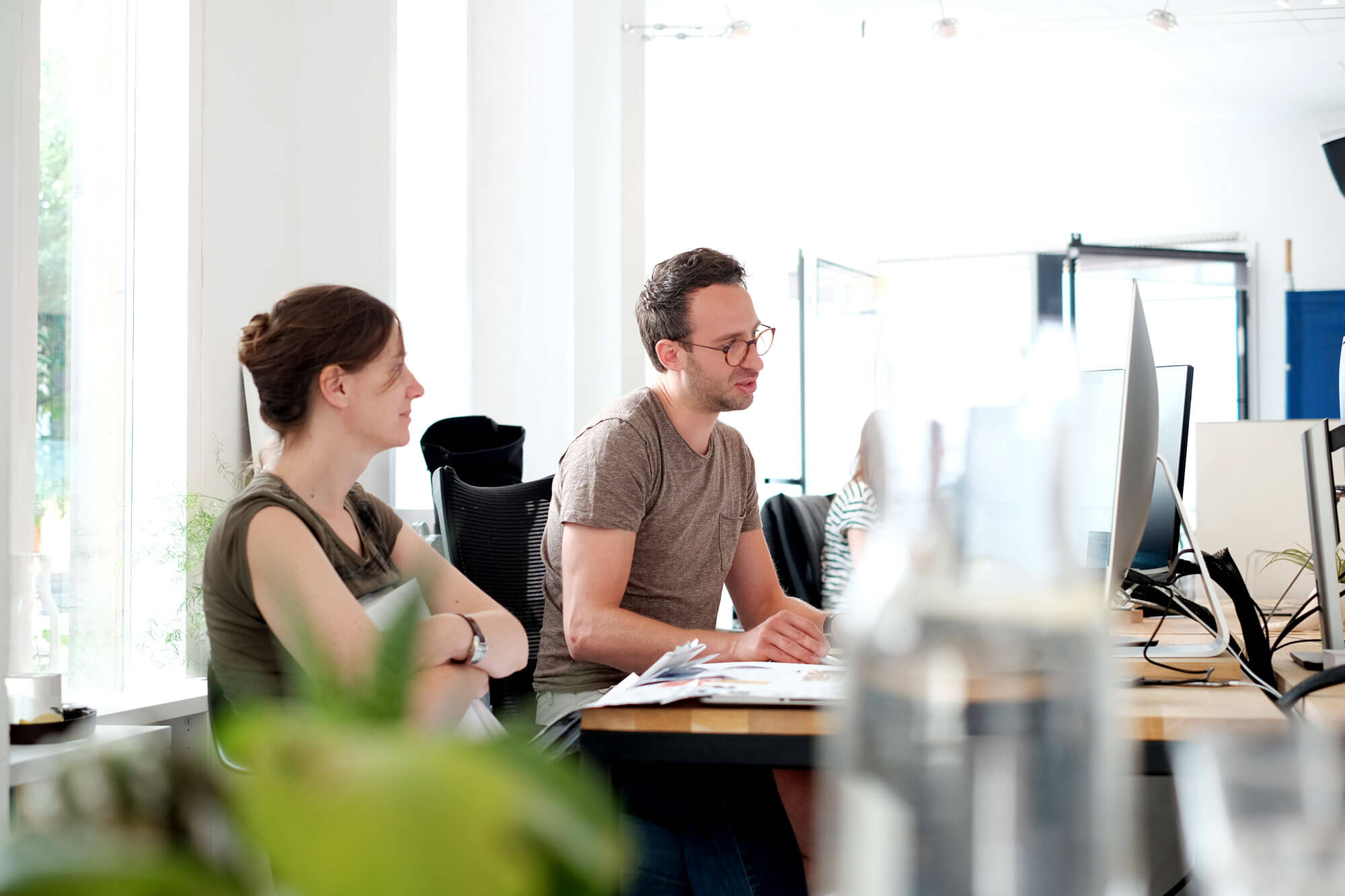

With Design Sprints, we help our clients validate assumptions before committing large budgets and lengthy time periods to full Design & Build processes.
Design Sprints start with a challenge, idea, or proposition. This should be a specific statement or question such as; ‘What does my ideal customer login environment look like?’ or ‘How can we improve our online customer service?’.
In the first days of the sprint we uncover your business goals, evaluate the competition, and narrow down your audience. The team goes through a full design cycle in just 5 days where we research, ideate, build, and test a working prototype.
This process was developed by Jake Knapp at Google Ventures, who also wrote a great book on the topic; ‘Sprint’. We use a combination of Knapp’s method and our own input to create the best possible outcome for our clients.
Today’s digital world is quickly changing and expanding. Bringing new products to market, especially if you want to do it quickly, is risky. Design Sprints are a great way to reduce that risk, by validating your ideas with real users.
Your idea is no longer a sentence on a whiteboard, but a full, clickable prototype. With these usable prototypes, you can test your ideas with both stakeholders and users and determine whether you’re heading in the right direction overall.
The great thing about Design Sprints is that it is not limited to any specific problem. Whether you want to test a new homepage layout, conversion funnel, or a single feature for an app, this is the right tool for it.
The most important thing you get at the end of a Design Sprint is an answer as to whether your concept is going to work or not. The problem you were trying to solve will become much clearer as most of the difficult questions are answered during the process.
You will leave the Sprint with a prototype of your idea, product or feature that has been tested by a targeted selection of people. Additionally, we will supply an outcome of the test document with the positive and negative findings, and suggestions on how to improve these.
After the Design Sprint, next effective steps might include a Design & Build process where we take the prototype to the next level. Some clients may also choose to take the prototype to another studio or in-house team – no strings attached.
A Design Sprint process is very intense which is why there’s a clear structure to follow. Each member of the team plays a specific role in the sprint, with four main disciplines:
The decider knows everything about the company or product we are working for. They should be either a product owner or manager with the power to make decisions. There is no more than one decider in any Design Sprint.
The facilitator takes care of everything related to process and timebox. They are knowledgeable on the Design Sprint topic and often work in a management position.
Unsurprisingly, he or she builds the prototype and usually works as a UX / UI designer or front-end developer. They should be familiar with tools like InVision, Framer, Webflow and Sketch.
The creative generates new ideas, directs the user experience and makes sure the prototype contains smart solutions. They usually work as a creative director.
For every client we put together a dedicated team that is committed to working on the Design Sprint for a set 5-day period.
We map and identify the problem, analyze the question, and evaluate usability, feasibility, and viability. We set out a long-term goal and then select a target based on this. It should be a piece of the problem which can realistically be solved within the 5 days.
On Tuesday we begin to focus on solutions. We set out inspirations and review existing ideas. We then begin generating sketches based on these solutions, and start preparing the user testing which will take place on Friday.
After two days of heavy lifting, it’s good to switch things around on the third day. On this day we review and select the best solutions to have come out of Tuesday’s session and decide which is best suited to solve the problem. This forms the foundation of our prototype.
Let’s start the build! The final sketch is now translated into a prototype to make the product testable. We use software such as InVision, Atomic, and Webflow to bring it to life.
On Friday we have 3 to 5 testers come over to the office and ask them to interact with the prototype. These sessions are recorded for later documentation and provide key insight into how people react to the solution we created. The results of this will help guide our next step.
And that’s the complete Design Sprint process. A great tool for quickly validating ideas, assumptions, and / or answering questions.
Are you interested in working with us? Or do you have doubts about which process best fits your project? Feel free to contact us with all your questions.